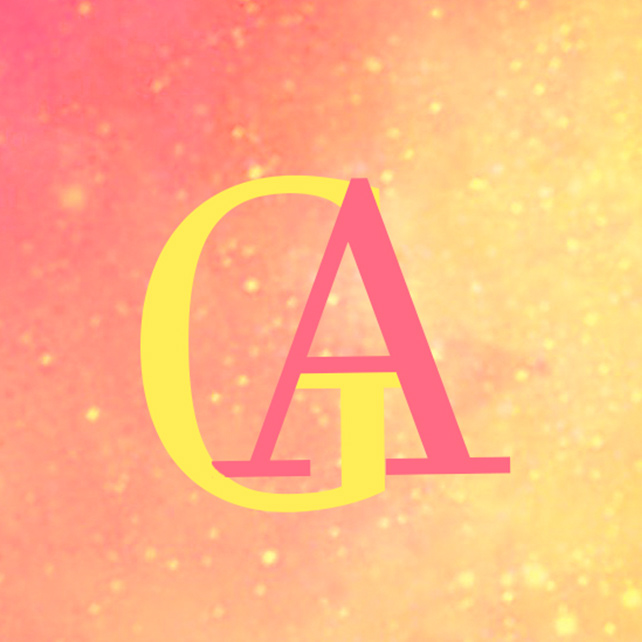Ces Noteboom hat sich in "533" in seinem Garten auf Menorca an Voltaires Candide erinnert und weitergesponnen:
»Il faut cultiver notre jardin«, sagt Voltaire am Ende von Candide. Doch was, wenn es anders wäre, oder umgekehrt? Ich bin keine Pflanze, aber wenn es nun der Garten wäre, der mich kultiviert?
Und wenn es auch für das Fotografieren und das Bearbeiten von Fotos ebenso wäre, dass die Auswahl des fotografierten Objekts und der Entscheid, es so und so zu bearbeiten, mich verändert, zumindest in meinem Blick auf die Welt?
John Szarkowski, The Photographer's Eye, The Museum of Modern Art, 1966, 6. Auflage 2013
Das Auge am Sucher der Kamera sieht eine Auswahl der Welt vor der Kamera. Das eingefangene Bild wird betrachtet, gefällt oder auch nicht, beeinflusst das nächste Mal am Sucher die Auswahl, verändert und festigt die persönliiche Ästhetik und das immer und immer wieder im Wechselspiel.
Es ist nicht allein die Auswahl des Sujets, mit dessen Linien, Farben und Licht. Es sind auch die Auswahl des Details, des Rahmens, des Zeitpunkts und der Blickrichtung bei einer Aufnahme, kurz: der persönliche Stil, welcher eine Aufnahme beeinflusst und der sich mit jeder gemachten und betrachteten Aufnahme verändert. Und es sind auch Photographien anderer, die den Stil verändern.
John Szarkowski hat die fünf Aspekte des Fotografierens in "The
Photographer's Eye" beschrieben:
Photographer's Eye" beschrieben:
Alle englischen Texte und Bilder unten sind aus dem -->> Katalog zur Ausstellung zitiert.
Die Wahl des Sujets
The Thing itself
The first thing that the photographer learned was that photography dealt with the actual; he had
not only to accept this fact, but to treasure it; unless he did, photography would defeat him. He
learned that the world itself is an artist of incomparable inventiveness, and that to
recognize its best works and moments, to anticipate them, to clarify them and make them
permanent, requires intelligence both acute and supple.ng itself. ....
not only to accept this fact, but to treasure it; unless he did, photography would defeat him. He
learned that the world itself is an artist of incomparable inventiveness, and that to
recognize its best works and moments, to anticipate them, to clarify them and make them
permanent, requires intelligence both acute and supple.ng itself. ....
... It was the photographer's problem to see not simply the reality before him but the still invisible picture, and to make his choices in terms of the latter.
Die Auswahl des Details, die Story oder besser: das Symbol?
The Detail
The photographer was tied to the facts of things, and it was his problem to force the facts to tell the truth. He could not, outside the studio, pose the truth, he could only record it as he found it, and it was found in nature in a fragmented and unexplained form—not as a story, but as scattered and suggestive clues. The photographer could not assemble these clues into a coherent narrative, he could only isolate the fragment, document it, and by so doing claim for it some special significance, a meaning which went beyond simple description. The compelling clarity with which a photograph recorded the trivial suggested that the subject had never before been properly seen, that it was in fact perhaps not trivial, but filled with undiscovered meaning. If photographs could not be read as stories, they could be read as symbols.
Garry Winogrand, Untitled, 1963
Die Einrahmung: drinnen und draussen
The Frame
The central act of photography, the act of choosing and eliminating, forces a concentration
on the picture edge—the line that separates in from out—and on the shapes that are created by it.
on the picture edge—the line that separates in from out—and on the shapes that are created by it.
So? Photographer unknown, 1910.
Oder so?
Die Macht des Rahmans.
Die Zeit und der Zeitpunkt (oft: der entscheidende Augenblick)
Time
There is in fact no such thing as an instantaneous photograph. All photographs are time exposures
of shorter or longer duration, and each describes a discrete parcel of time. This time is always the
present. Uniquely in the history of pictures, a photograph describes only that period of time in
which it was made. Photography alludes to the past and the future only in so far as they exist in
the present, the past through its surviving relics, the future through prophecy visible in the present.
There is in fact no such thing as an instantaneous photograph. All photographs are time exposures
of shorter or longer duration, and each describes a discrete parcel of time. This time is always the
present. Uniquely in the history of pictures, a photograph describes only that period of time in
which it was made. Photography alludes to the past and the future only in so far as they exist in
the present, the past through its surviving relics, the future through prophecy visible in the present.
Gjon Mili, Jugglar, 1958.
Der Blickwinkel, die Wahl des Standpunktes
Vantage Point
Much has been said about the clarity of photography, but little has been said about its
obscurity. And yet it is photography that has taught us to see from the unexpected vantage point, and has shown us pictures that give the sense of the scene, while withholding its narrative meaning.
Photographer unknown, 1912-13
